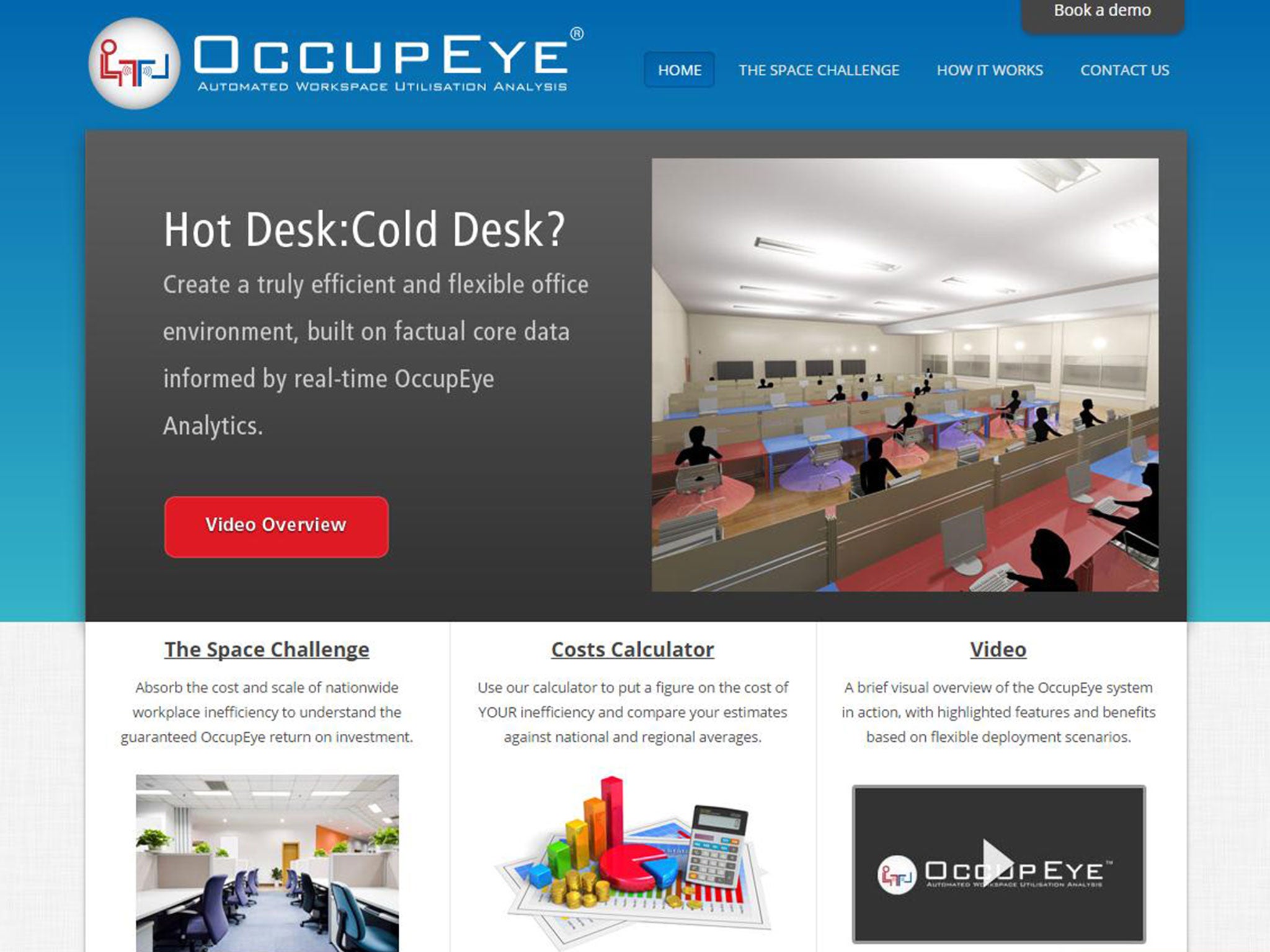The Telegraph backtracks on sensors monitoring whether journalists are sitting at desks amid outrage
A staff email said a planned four-week trial of OccupEye had been cancelled in light of the 'feedback' received

Your support helps us to tell the story
From reproductive rights to climate change to Big Tech, The Independent is on the ground when the story is developing. Whether it's investigating the financials of Elon Musk's pro-Trump PAC or producing our latest documentary, 'The A Word', which shines a light on the American women fighting for reproductive rights, we know how important it is to parse out the facts from the messaging.
At such a critical moment in US history, we need reporters on the ground. Your donation allows us to keep sending journalists to speak to both sides of the story.
The Independent is trusted by Americans across the entire political spectrum. And unlike many other quality news outlets, we choose not to lock Americans out of our reporting and analysis with paywalls. We believe quality journalism should be available to everyone, paid for by those who can afford it.
Your support makes all the difference.The Telegraph newspaper has removed sensors monitoring whether journalists were sitting at their desks amid outrage among staff.
The devices sold by OccupEye are triggered by heat and motion to measure “workspace utilisation” and feed back a range of statistics to managers, according to the company’s website.
There was uproar on Monday after journalists questioning the mystery gadgets that had appeared on the underside of their desks were told they were part of a month-long trial to make the office “as energy efficient as possible”.
Complaints were made to HR and the National Union of Journalists as news of the sensors spread through the British media, Press Gazette reported.
Hours later, the Telegraph appeared to backtrack on the installation.
A spokesperson for the newspaper told The Independent employees were sent the following memo on Monday evening.
“In the light of feedback we have received from staff today, it has been decided to withdraw the under-desk sensors immediately," it said.
"We will be looking at alternative ways to gather the environmental sustainability data we need, and will keep staff in touch with any new proposals.”
A spokesperson for OccupEye said its technology had been used around the world since 2012, including in the NHS and local authorities, and monitors “the presence of people within space” rather than individuals.

“Telegraph Media Group’s short-term deployment of OccupEye as part of their ‘green’ initiative should be welcomed and understood by all as a forward-thinking and positive step by the organisation’s facilities managers,” the statement said.
“We regret if any staff within any of our client workspaces have not received communication in advance of an OccupEye deployment and thus had unfounded concerns – we can only reassure those people that they have nothing to fear from our system.”
Neil Steele, a client account manager with the company, told The Independent the Telegraph had drawn up a document informing staff how OccupEye was going to be used to track peak demand in the office to re-programme building management systems, but it was not sent out.
Saying the firm was “disappointed” at the removal on Tuesday, he added: “There are tens of thousands of OccupEye systems in place and this is the first example of a client not being able to deploy the system or having to take it out because of staff feedback.
“We fully understand that staff arriving into work to find a device under their desk would be suspicious and fear the worst but the system is completely benign and it doesn’t track individuals...we are not Big Brother.”
Join our commenting forum
Join thought-provoking conversations, follow other Independent readers and see their replies
Comments